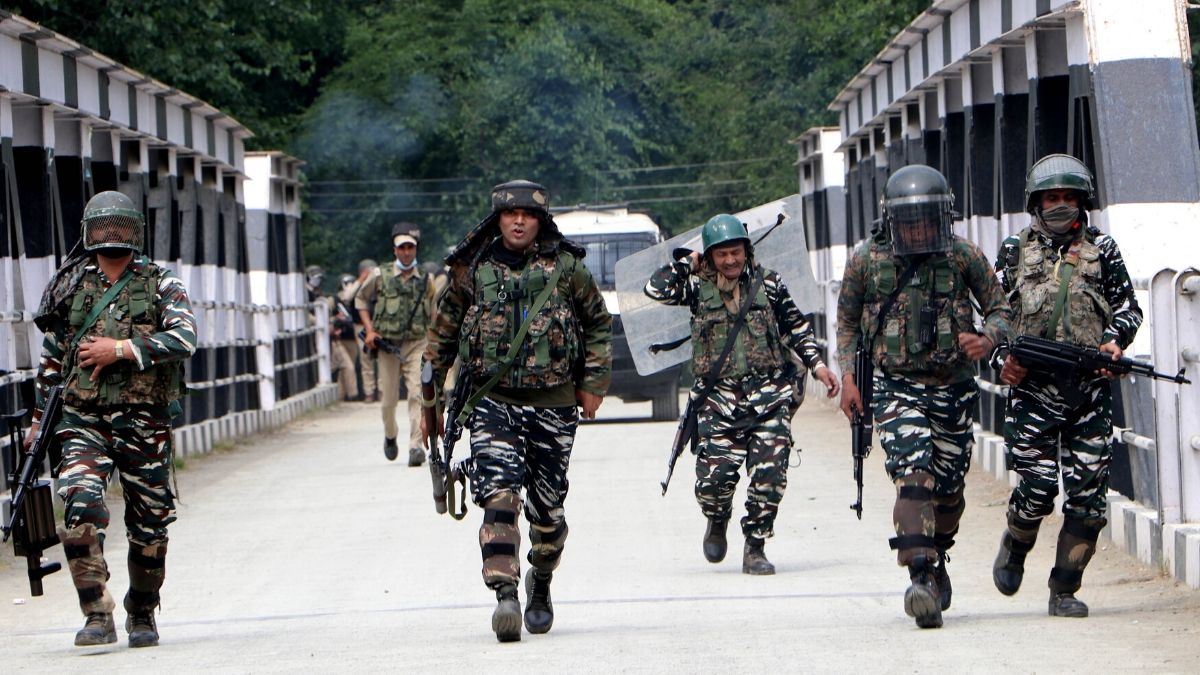
“Weapons of mass destruction are the greatest threat to life on earth. Biological weapons are often called the poor man’s atomic bomb.” —William Shawcross
The large-scale tragedy in terms of human lives and economic meltdown which is still unfolding in the wake of Covid-19 is destined to usher in a transformation in the way the world and societies will react and interact with each other in the future. Experts in every sphere and field of activity including the militaries will ponder over new and different approaches to meet this challenge.
Could this lethal microbe be a bioweapon? History of conflict is replete with examples of use of poison, viruses, deathly gas, etc, in conduct of war. Japan used bio weapons in their conquest of China by using plague infested fleas (1937-1945) over cities, rice fields, etc, and their effects were seen even much after the war. Germany used both chemical and bio weapons in WWI even though bio weapons were on a smaller scale and not very effective as compared to the chemical gas used against the allies in the second battle of Ypres in West Flanders, Belgium in 1915.
Numerous other examples abound including some in our own mythological tales. Two international treaties to ban bio weapons inked in 1925 and 1972 have failed to prevent research & production of bio weapons. The US signed the Bio & Toxin Weapons Convention (BTWC) of 1972 which was an improvement on the 1925 Geneva Convention that also prohibited research on bio-weapons.
However, it turned out to be basically useless, since no means of verification were included and the same was flouted by many to create substantial stockpiles. Since the technology is a dual purpose one (medical use) banning research is going to be difficult. But an international verification protocol is a must. The added horror of these weapons/technology falling into the hands of terrorists or non-state actors would be an even more grim scenario.
That the origin of the virus is Wuhan, China, irrespective whether it was their lab or their wet market is now well accepted. What is worse is that they tried to cover it up thus delaying the necessary response in terms of protective measures that could have been adopted by the world. The devastation to populations & economies especially the West could have been mitigated just as the Chinese were able to do. Since it appears that a credible cure in the form of a vaccine against the coronavirus is still some time away (either end of this year or mid-next year, if not later) the misery could worsen.
The jury as directed by the WHA is out to determine whether it was an accident or a deliberate leak. India too has rightly endorsed the probe. The setup is just right for a new Cold War (Cold War II) between the West led by the US against. China and its loyal friends as per many analysts. This scenario is even more probable if President Donald Trump was to get reelected this November. The question is how does the future of warfare get affected by such threats.
Militaries the world over would be brainstorming methodologies to counter this refreshed addition to the spectrum of military threats. So must be India & its Armed Forces. A few things are clear in our case. First, there is an urgent need to expedite the introduction and exploitation of Artificial Intelligence and robotics to reduce human involvement in identified tasks both in operations and logistics. Two, build up greater capability to conduct non-contact warfare with use of platforms like drones, missiles, satellites, etc.
Three, equipment and vehicles to have anti-viral medication protection and advanced sanitising equipment. Four, suitable changes to training techniques and methodology. Also incorporate modifications into our war fighting doctrines. The bottom-line approach should be to have a longterm view and create capability to adapt quickly to changing technology, newer threats and adversaries. Lt Gen M.M.S. Rai, PVSM, AVSM, VSM (Retd) is a former Vice Chief of Army Staff & General Officer Commanding in Chief of the Eastern Army.